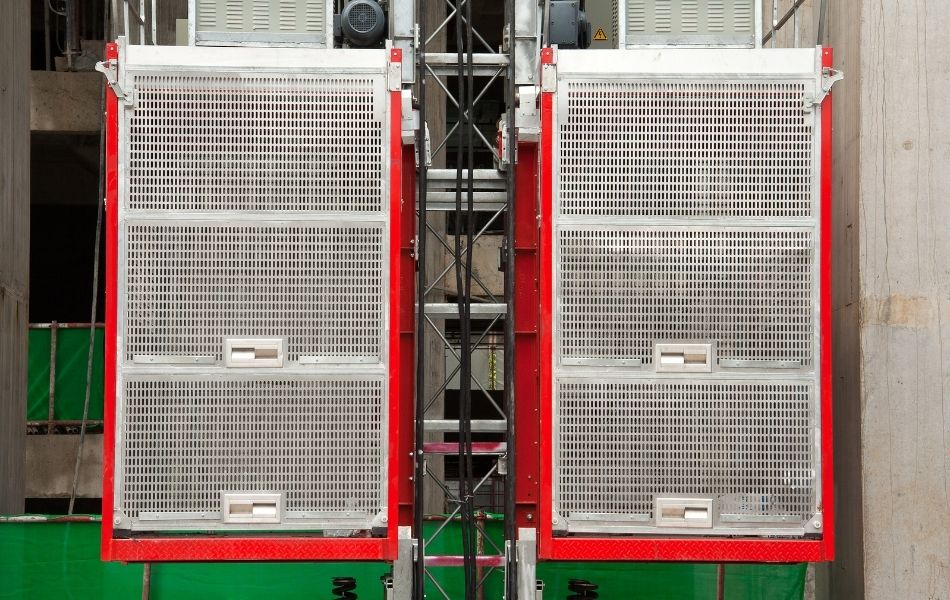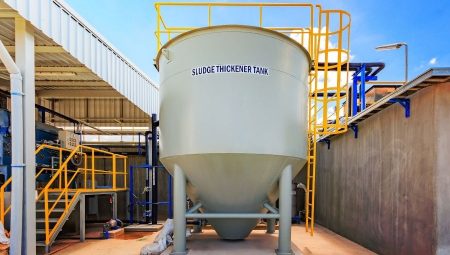In the construction industry, efficient and safe vertical transportation is a crucial aspect of project execution. Large-scale construction projects, high-rise buildings, and industrial facilities require robust lifting solutions to transport workers and materials to various heights efficiently. Traditional scaffolding, manual labor, and basic lifting mechanisms can be slow, inefficient, and even hazardous.
One of the biggest challenges in construction is moving heavy materials and workers to different levels of a structure safely and effectively. With increasing building heights and complexity, traditional methods of vertical transport are often inadequate. Delays in material transport can significantly impact productivity, leading to higher costs and extended project timelines. Additionally, worker safety is a paramount concern, as falls from heights remain one of the leading causes of accidents in the industry.
To address these challenges, specialized lifting equipment has become an integral part of modern construction. The advancement of hoisting technologies has enabled the safe and efficient transport of materials and personnel, reducing reliance on manual labor and traditional scaffolding. These innovative solutions not only enhance productivity but also improve overall site safety.
Rack and Pinion Hoist
A rack and pinion hoist is an essential lifting mechanism widely used in construction sites, industrial plants, and high-rise projects. This type of hoist operates on a gear system where a pinion gear moves along a fixed rack, ensuring smooth and stable vertical transportation. Unlike traditional wire rope hoists, rack and pinion hoists offer superior reliability and safety due to their rigid guiding system.
One of the main advantages of a rack and pinion hoist is its ability to function independently of counterweights, making it more space-efficient and easier to install. These hoists are designed to handle heavy loads and can transport materials and personnel simultaneously, increasing overall site efficiency. Additionally, they come equipped with advanced safety features, including overload protection, emergency brakes, and anti-fall mechanisms, making them one of the safest options for vertical transportation.
Construction Hoist
A construction hoist is another vital piece of equipment used in modern building projects. These hoists are specifically designed for transporting materials and workers to elevated work areas efficiently and safely. They operate on either a rack and pinion system or a cable-driven mechanism, depending on the project’s requirements.
Construction hoists are commonly used in high-rise buildings, bridges, and infrastructure projects. Their ability to transport heavy loads quickly reduces downtime and improves overall workflow. Most modern construction hoists come with enclosed cabins to protect workers from external elements, enhancing comfort and safety. They are also equipped with programmable controls, ensuring precise positioning and smooth operation.
Mast Climbing Platform
A mast climbing platform is an advanced vertical access solution that has gained popularity in the construction industry. Unlike traditional scaffolding, mast climbing platforms provide a stable and adjustable working surface, allowing workers to carry out tasks at various heights with ease.
Mast climbing platforms are particularly beneficial for façade work, including cladding, painting, and window installation. Their modular design allows for flexible configurations, adapting to different project needs. These platforms can be extended both horizontally and vertically, providing a spacious and ergonomic workspace for workers. Additionally, they improve safety by minimizing the risks associated with working at heights, reducing the likelihood of falls and other accidents.





